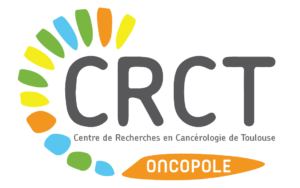Metabolic pathways have emerged as cornerstones in carcinogenic deregulation providing new therapeutic strategies for cancer management. This is illustrated by the recent discovery of a cholesterol metabolic branch involving the biochemical transformation of 5,6-epoxycholesterols (5,6-ECs). 5,6-ECs have been shown to be differentially metabolized in breast cancers (BC) compared to normal breast tissue. 5,6-ECs are metabolized into the tumour promoter oncosterone in BC, while they are transformed into the tumour suppressor metabolite dendrogenin A (DDA) in normal breast tissue. Blocking oncosterone’s mitogenic and invasive potential will represent new opportunities for BC treatment. The reactivation of DDA biosynthesis, or its use as a drug, represents promising therapeutic approaches such as DDA-deficiency complementation, activation of BC cell re-differentiation and BC chemoprevention. This review presents current knowledge as to the 5,6-EC metabolic pathway in BC focusing on the 5,6-EC metabolic enzymes ChEH and HSD11B2, and on 5,6-EC metabolite targets LXRβ and GR.
Discover the published article :
Br J Pharmacol. 2020 Jul 21.doi: 10.1111/bph.15205.
The 5,6-epoxycholesterol metabolic pathway in breast cancer: emergence of new pharmacological targets
Philippe de Medina , Khadijetou Diallo , Emilie Huc-Claustre , Mehdi Attia , Régis Soulès , Sandrine Silvente-Poirot , Marc Poirot
Key words :
- breast cancer treatment;
- cholesterol;
- metabolic switch;
- oncometabolism;
- oxysterol;
- targeted therapy.
Contact :
Marc Poirot and Sandrine Silvente Poirot
team : Eq 12 “Métabolisme du Cholestérol et Innovatiuons Thérapeutiques”
Mail : marc.poirot@inserm.fr

